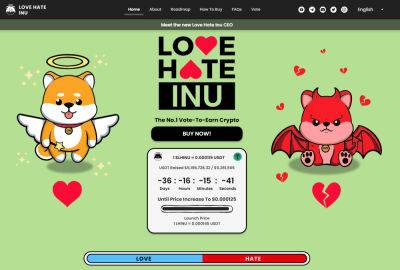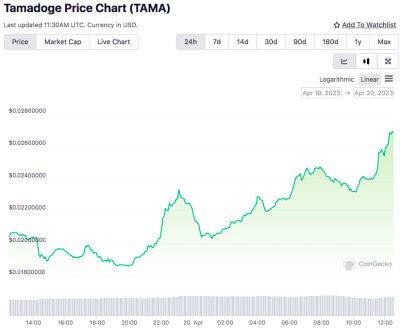GPT-4 apps BabyAGI and AutoGPT could have disruptive implications for crypto
A recent spate of applications built on OpenAI’s GPT-4 API has the crypto community buzzing with designs toward the development of a fully-autonomous, self-correcting cryptocurrency trading bot.
AutoGPT set to 100 runs. Goal: amalgamate best indicators for Crypto trading in Pine code. Result looping errors. Scavenged through output, found enough bits for GPT4 to give me strategy Pine code. 4hr backtested 2018 to now. $25 to $92M. Started test today, currently $1 profit
Two such apps, dubbed ‘BabyAGI’ and ‘AutoGPT’, have received particular notice with many users attempting to build crypto trading applications on top of them.
The big idea behind both apps involves task management for GPT-4. Currently, GPT-4 excels at natural language processing, as is evidenced by the demonstrable usefulness of the ChatGPT interface, but it has no capacity for memorization.
Applications built on the GPT API are basically limited to single-session use, meaning the model can’t recall information from previous interactions. This has to do with the amount of data (referred to as the number of ‘tokens’) individual queries require, and GPT’s tendency to hallucinate — a problem that becomes increasingly noticeable as token counts rise.
Users are, essentially, starting with a clean slate whenever they query the machine. In terms of building a crypto trading application capable of self-correction and historiographic analysis — adjusting to real-time market conditions while simultaneously keeping short and long-term trends in focus — this means even the most robust bot built on the GPT API would typically require heavy human supervision.
Related: Tech giant Alibaba to roll out ChatGPT competitor AI
Some clever developers may have discerned a
Read more on cointelegraph.com




















